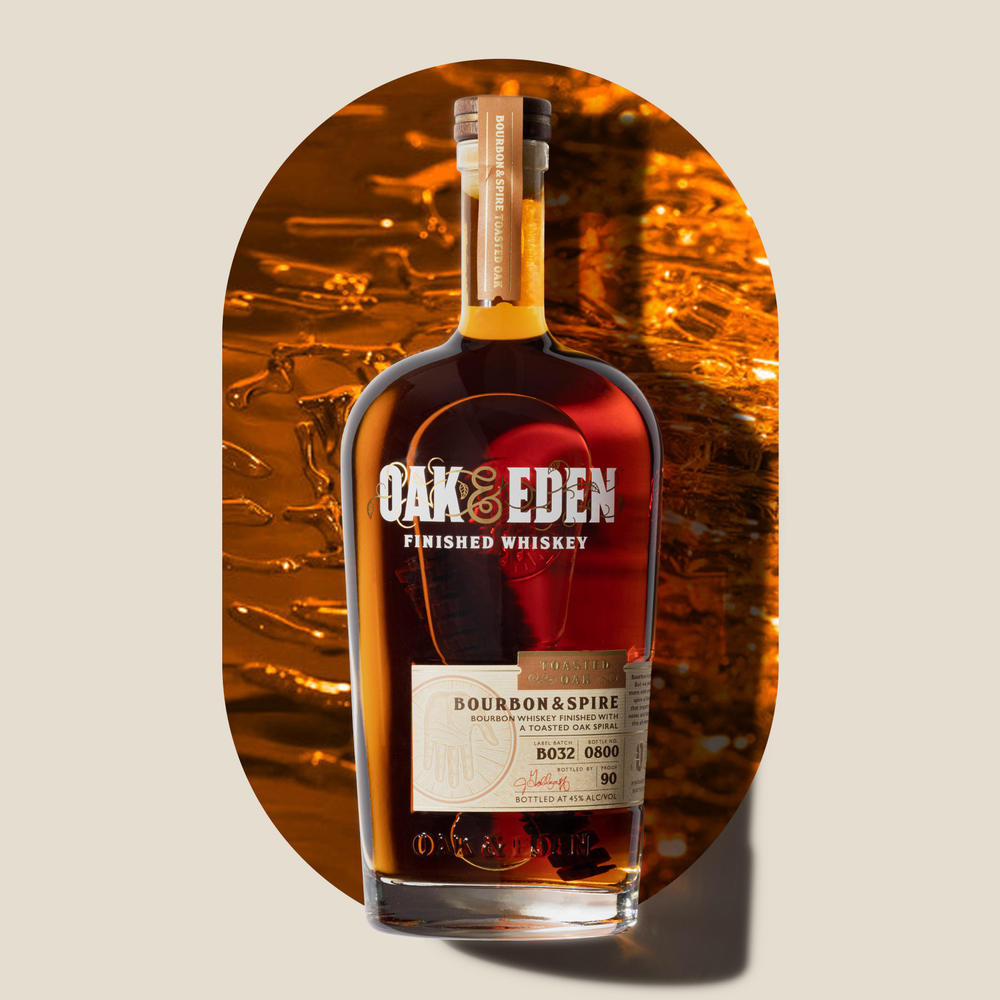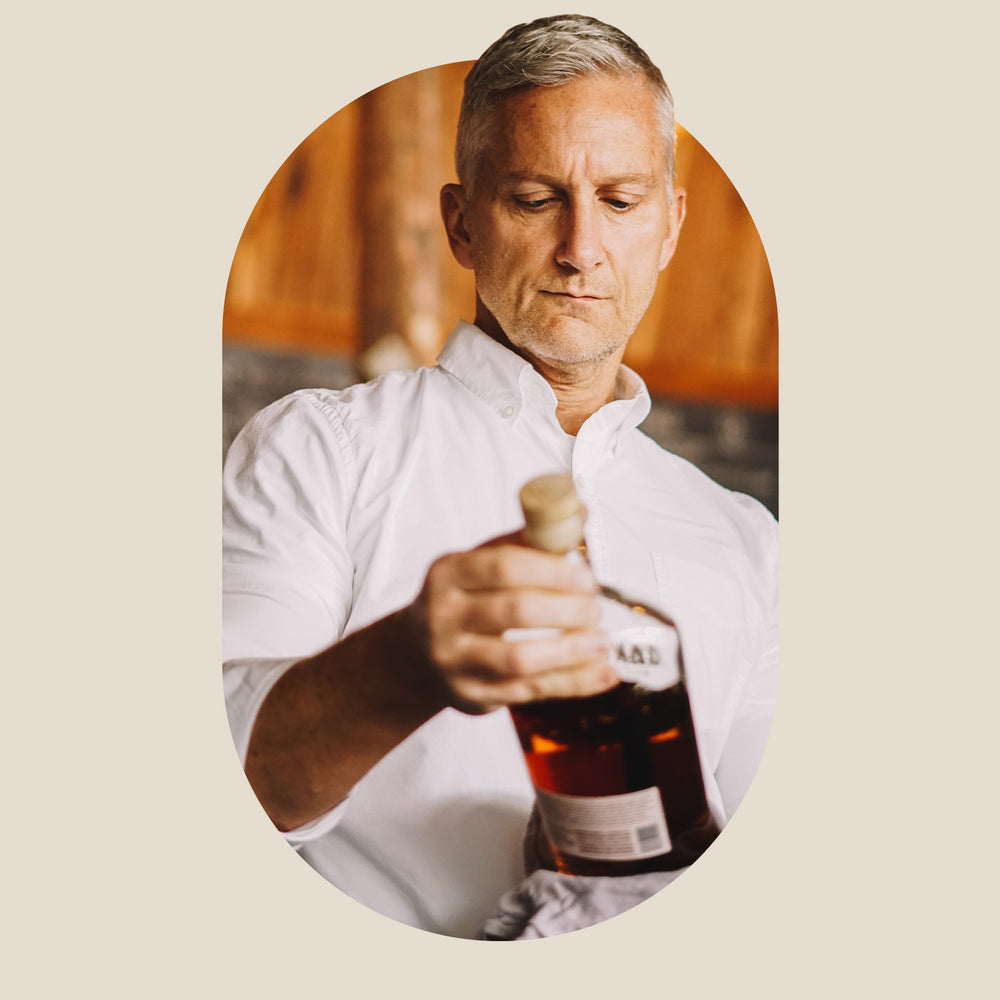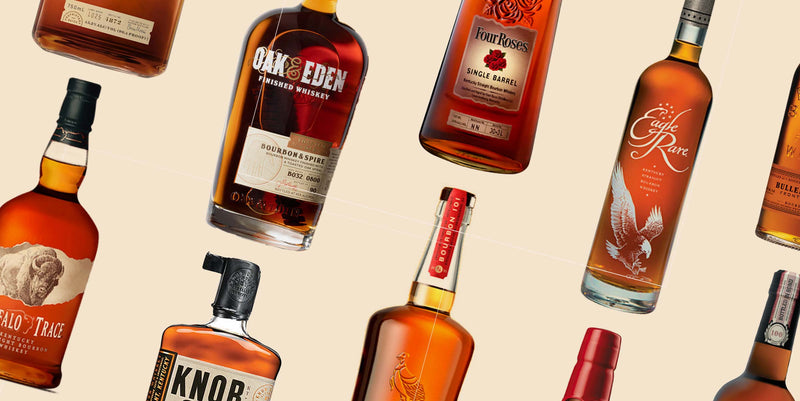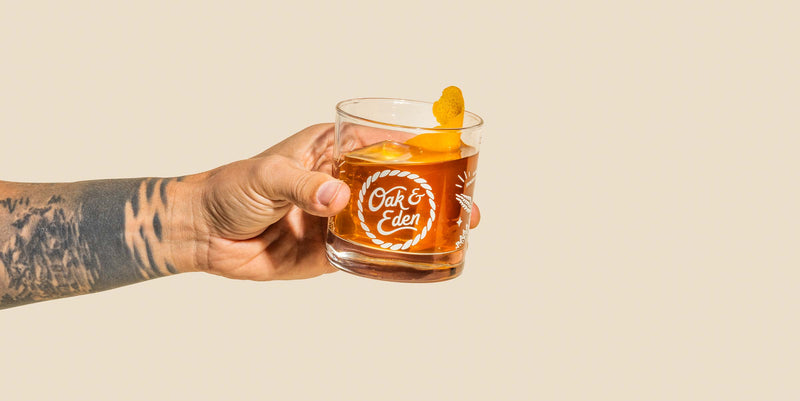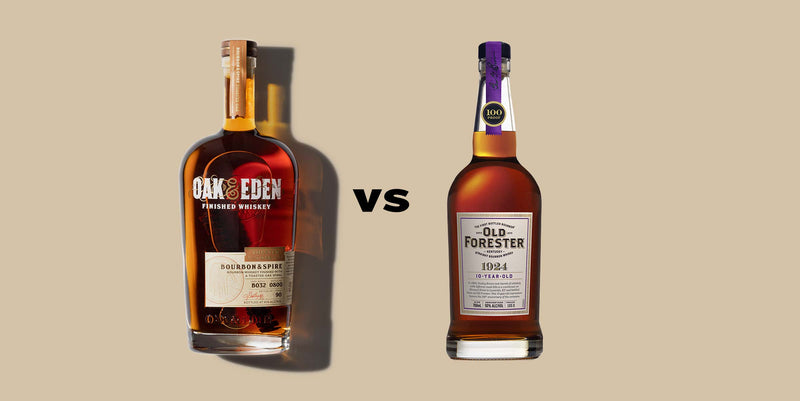Whiskey Vs. Scotch: What You Should Know
Whiskey brings people together to laugh, tell stories, and share good times, whether at the bar or in the comfort of their homes.
Next time you cozy up next to a glass of whiskey and start thinking, you might want to educate yourself on the various types and consequent flavors. Today, we will be discussing the difference between whiskey and Scotch whisky.
What Is Whiskey?
Before we get started on the difference between whiskey and Scotch, it is important to note that all Scotch is whiskey, but not all whiskey is Scotch. This means whiskey made in Scotland is called Scotch whisky… Yes, spelled with only a “y” and no “e.”
Whiskey refers to a spirit, typically amber in color, composed of fermented grain like rye, wheat, corn, or barley. Whiskey is aged in wooden casks before bottling and has a minimum of 40 percent alcohol by volume.
There are several different types of whiskeys like Scotch, which we will discuss, including rye, bourbon, Japanese whisky, Irish whiskey, and so on.
Whiskey is a deep-rooted drink with a distinguished flavor profile, often noted for hints of caramel, vanilla, and, of course, the oak barrels it is often aged in. At Oak & Eden, we take it a step further and finish our whiskeys in the bottle, finishing things off using a wooden spire. We are putting our own spin on the classic bottle of whiskey.
What Is Scotch?
Scotch whisky refers to whisky made in — you guessed it — Scotland. The first official mention of Scotch whisky dates back to June 1, 1495, to the Exchequer Rolls of Scotland. By the year 1780, there were only eight official distilleries in Scotland, all competing against bootleg producers, of which there were roughly 400.
Interestingly, one of the most famous tax collectors and poets in Scotland, Robert Burns, loved Scotch so much that he wrote a poem about the beloved drink, Scotch Drink. The poem is written in his native Scottish brogue, and it’s clearly a love letter to his muse, Scotch. We agree with his sentiment, and if we were Scottish, we’d certainly write love poems to our whisky as well.
It was not until the 19th century that Scotch Whisky hit the world stage with the popularity of giant production houses. It also helped that in the 1880s, the phylloxera beetle devastated French vineyards, making wine and brandy obsolete across Europe and the rest of the world. By the time wine and brandy had returned to shelves, they were sitting next to bottles of Scotch.
Originally, all the whisky produced in Scotland was made solely from barley. However, now mash bills often include traces of wheat and rye too.
Scotch is known for its strong, distinct flavor, which is partially produced by its aging process. In some cases, Scotch can take more than ten years to mature fully.
You can also purchase either single malt or blended Scotch. Single malt Scotch tastes oaky and woody, with signature peaty and smoky notes. Blended Scotch is smoother: malty and buttery, with a spicy finish.
To break it down even further, there are three different blends of Scotch whisky:
- Blended malt
- Blended grain
- Blended Scotch whisky
What Is the Difference Between Scotch and Whiskey?
One major difference between Scotch and other forms of whiskey is that it is made from just barley and water unless otherwise noted. Some Scotch whiskies can also contain traces of other grains. Scotch is also matured for up to ten years with a minimum requirement of three years.
Other than these attributes, the main difference is geographic.
What Grains Are They Made With?
The main ingredient in Scotch whisky is malted barley. This is because, in the 17th and 18th centuries, the main cereal grown in Scotland was barley, followed by oats and rye. The Scots preferred distilling spirits with barley as opposed to oats or rye (though they probably did do that as well) because the barley reportedly had better enzyme activity.
There are three blends of Scotch whisky to be aware of:
- The first is blended malt Scotch whisky with two or more single malt whiskeys from different distilleries blended together.
- Then there is blended grain Scotch whisky, where two or more single grain Scotch whiskies from different distilleries are blended together.
- Finally, there is blended Scotch whisky, a blend of two or more single malt Scotch whiskies combined with one or more single grain Scotch whiskies.
What Makes the Scotch Production Process Unique?
One of the big differences in Scotch whisky compared to other whiskeys is the emphasis on time. Scotch whisky is a craft that is dependent on patience.
In the case of single malt Scotch whisky, an age-old process of spreading must occur before maturation. Three simple ingredients, malted barley, fresh spring water, and yeast, are spread out across a malting floor where the mix can begin to germinate. In some cases, the barley is dried over peat, which provides a smokier flavor profile.
Once the mixture is dried, the malt is ground up and thrown in a large vessel called a mash tun. Once in the mash tun, the malt is then mixed with hot spring water. Sugars from the malt dissolve, helping to create this sweeter liquid called wort.
What Are the Differences in the Maturation Process?
The real magic of Scotch whisky occurs during the maturation process, where the liquid is put in oak casks. These casks must remain sealed for up to three years minimum and must be aged in Scotland.
The most amazing thing about the maturation process is that it was discovered accidentally. In fact, Scottish whisky makers were often skipping the maturation process until it became time to transport it in large quantities around the globe. Taverns importing the liquid began to notice the difference in color and taste depending on the barrel and age it was transported in.
After this discovery, it became clear that oak barrels improved the flavor of the spirit.
Therefore, cask aging became an essential part of making the whisky we drink and love today.
Why oak? Because the wood is ideal for soaking up the spirit and imparting flavor. Oak is also one of the most solid woods, so it was the natural choice when deciding how to export it!
Another important bit of information about the oak cask is that it is able to breathe. The air movement in and out of the cask ensures that compounds in the wood mix into the whisky. This is why some Scotch whisky can often taste like vanilla. Vanillin is one of the compounds regularly found in oak barrels.
What Is the Difference in Price?
If you know anything about whiskey, you know that single malt Scotch Whisky can be some of the most expensive in the world. In 2019, one bottle of Scotch was actually sold for $1,512,000 in an auction.
Scotch’s high price is likely due to the length of its aging process. The longer Scotch ages, the more expensive it will be, thanks to the effort that had to go into creating it and keeping it safe while it aged. It also might be a bit more expensive simply because it’s a more rare spirit — after all, it must be created in Scotland, so it must be exported before most of us can get our hands on it.
The Drink of the Gods
While Scotch and whiskey certainly have their similarities, chief among them the fact that they are both whiskeys, Scotch truly is its own unique creation. From its production in
Scotland, to its makeup of barley and its long aging process, a lot goes into ensuring that the bottle of Scotch you end up with is as delicious, smoky, and complex as possible.
So, the next time you sip on a finger of Scotch, remember its rich history and what makes the spirit in your hand so unique. And if you’d like to explore the world of whiskey beyond Scotch? Well, that’s what our team here at Oak & Eden is for.
Sources:

